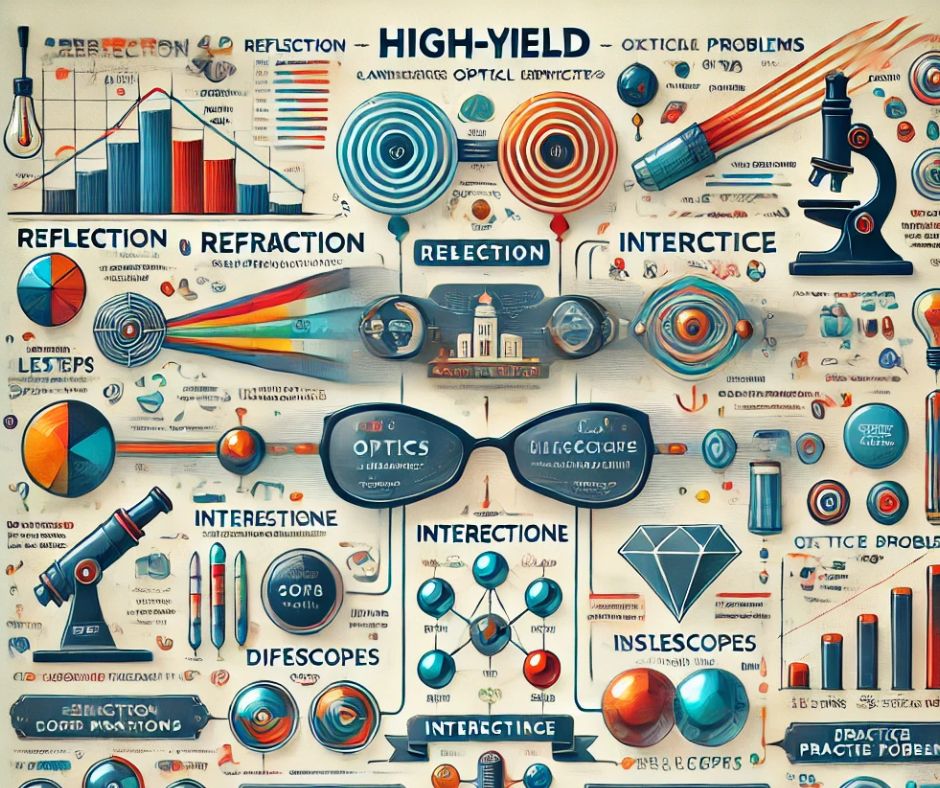Introduction
Nature has made the human eye (retina) capable of perceiving electromagnetic waves within a range of electrical spectrum. The highest radiations from this spectrum (radius approximately 400 nm to 750 nm) are called light. It is mainly due to the combination of light and vision that we understand interpret the world around us.
From our general experience we can note tow things as our insight about light. First, it travels at a very high speed and, second, it travels in straight line. It took some time for people to full understand the fact that the speed of light © is finite and can be measured. At Present its accepted value in vacuum is c 2.99792458*10ms. For many purposes, the value c=3810 ms is sufficient. The speed of light in vacuum is the highest speed attainable in nature.
Our intuitive notion that light travels in a straight line seems to contradict what we learnt in Chapter 8, since there we considered light to be an electromagnetic wave with a wavelength in the visible part of the spectrum. How to reconcile these two facts? The answer is that the wavelength of light is very small compared to the size of ordinary objects in everyday life (generally of the order of a few centimeters or more). As you will learn in Chapter 10, in this case, the light wave can be considered to travel along a straight line from one point to another. This path is called the path of light.
A beam of light is called a ray and a group of such rays forms a beam of light. In this chapter, we will discuss.
Reflecting and refracting surfaces.
Reflection of light.
Refraction of light.

